If you’re reading this article, you are likely a fan of the Studio McGee design style and are obsessed with their stunning and timeless interiors. The elegant style that Shea McGee and her team have become famous for has attracted a massive following of fans who are eager to achieve the same look in their own homes. With a few simple tips and tricks, you can create a beautiful home that looks just as sophisticated and stylish as one of their iconic designs.
Start with a Neutral Palette
Starting with a neutral color palette is an essential step. The use of neutral colors like white, beige, gray, and taupe is a defining feature of Studio McGee’s interiors. These colors not only create a serene and calming atmosphere, but also creates a timeless and elegant look that will never go out of style. It’s a classic choice that can be easily updated with the addition of new accessories or a change in furniture arrangement at any point.
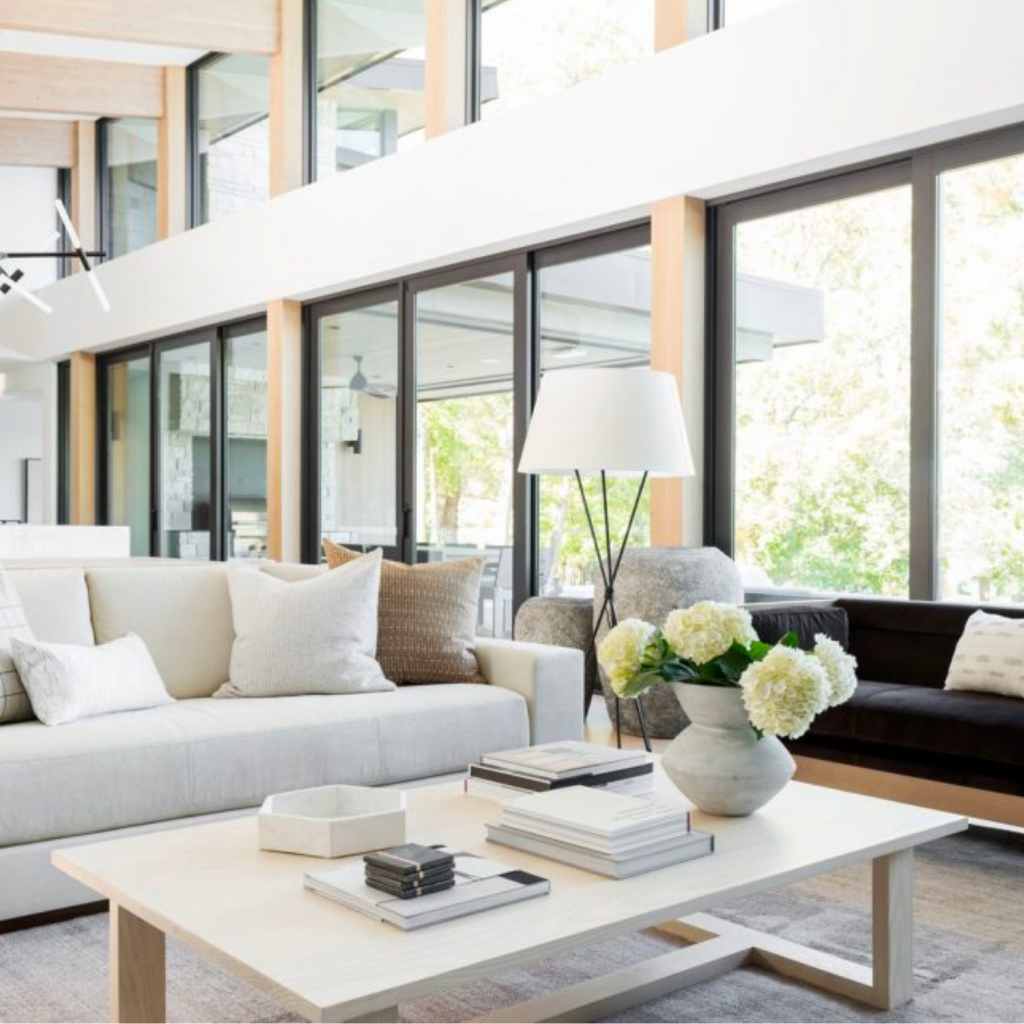
When choosing your accessories, keep in mind that less is often more. Studio McGee’s designs are known for their minimalist approach, with a focus on quality over quantity. Choose a few statement pieces that will stand out and create visual interest. This could be a large piece of artwork or a unique lighting fixture.
Mix and Match Textures
Add depth and interest to your home décor – taking inspiration from Studio McGee’s use of texture is a great place to start. Texture is an essential element of interior design, and Studio McGee is known for their ability to mix and match textures to create a truly stunning space.
To achieve this look in your own home, consider pairing different textures together. For example, a plush velvet sofa paired with a woven jute rug creates a striking contrast that adds both visual and tactile interest. Similarly, a sleek metal coffee table paired with a rustic wood side table creates a unique and eye-catching combination.
When selecting your furniture and decor items, don’t be afraid to experiment with different textures. Consider incorporating elements like faux fur throws, woven baskets, textured wall hangings, and rough-hewn wooden accents. These items can add depth and dimension to your space, making it feel warm and inviting.
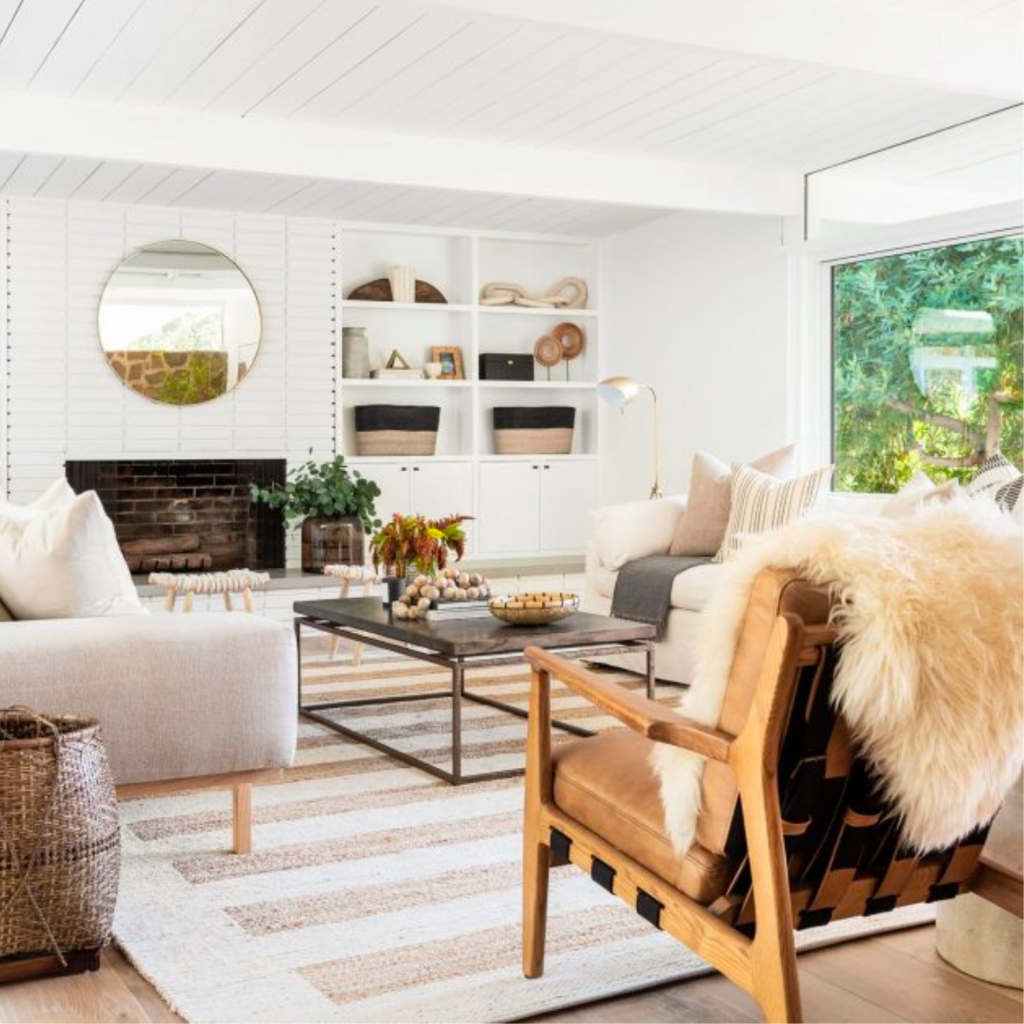
Another way to incorporate texture is through the use of textiles like pillows, throws, and curtains. Mixing and matching different fabrics like linen, cotton, wool, and silk can create a layered and cohesive look that adds depth and visual interest to a room.
When combining different textures, it’s important to keep the overall color palette in mind. Stick with a neutral color scheme to avoid overwhelming the space and to ensure that the textures remain the focal point.
READ MORE >>> Interior Design Trends to Ditch in 2023
Invest in Quality Pieces
While it can be tempting to opt for trendy, disposable pieces, this approach is unlikely to yield the same polished and sophisticated look. Instead, focus on selecting well-made, classic pieces that will stand the test of time. This doesn’t necessarily mean you have to break the bank, but it does mean that you should be willing to splurge on a few key items that will make a big impact. Think of these pieces as investments in your home, rather than just an unnecessary expense.
When shopping for furniture, consider the quality of the materials used, the craftsmanship, and the durability of the piece. Look for pieces that are made from high-quality materials like solid wood, genuine leather, and high-grade upholstery fabrics. Avoid pieces made from cheap materials like particleboard, which are likely to warp or break down over time.
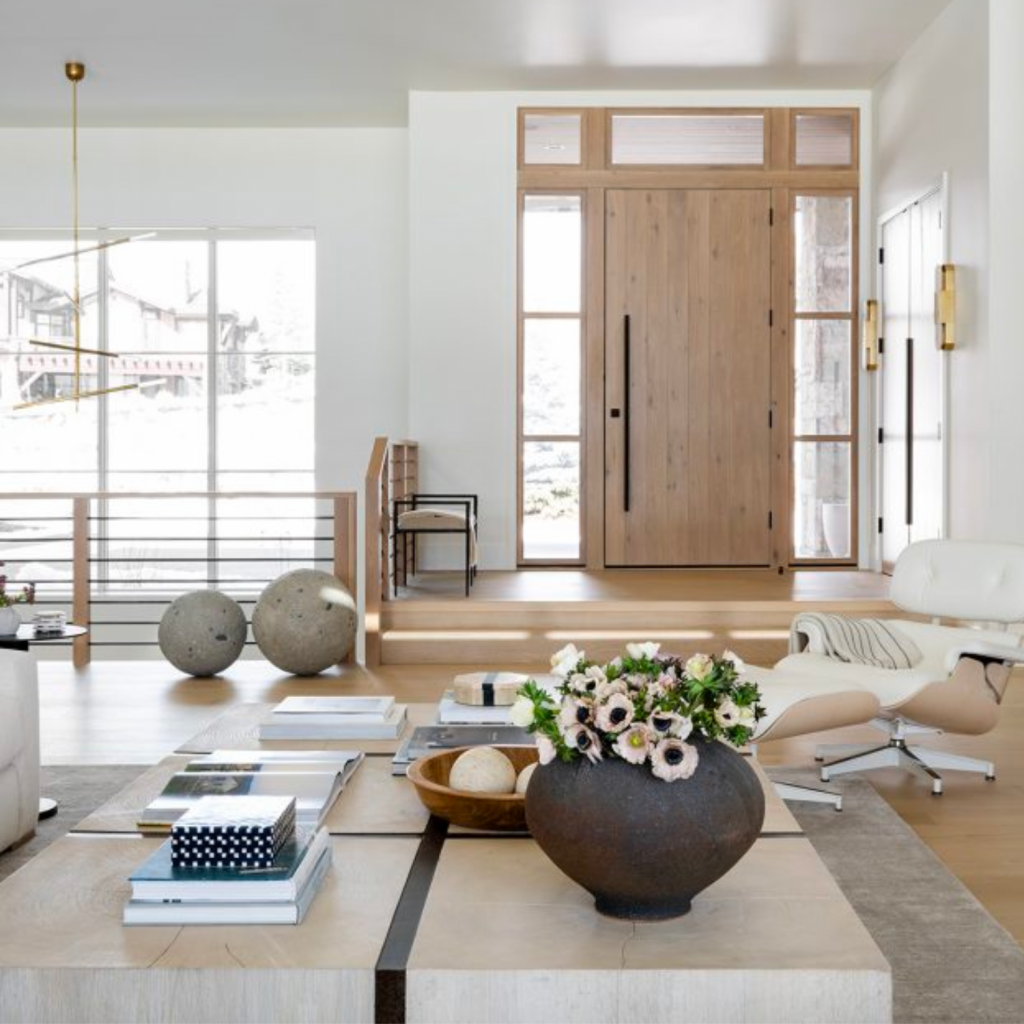
By investing in quality pieces, you can create a home that feels both stylish and comfortable. Not only will your furniture look better, but it will also last longer and perform better over time. Plus, you’ll have the satisfaction of knowing that you’ve made a smart investment in your home and your overall well-being.
Layer Your Lighting
Good lighting is absolutely essential to creating a designer curated look in your home. Your tailored furnishing pieces and perfect color pallet will fall flat if the lighting does a poor job at bringing out the beauty in them. The first step in creating a layered lighting scheme is to start with a central overhead light, like a chandelier or pendant light. This will provide a base level of illumination for the room. From there, you can add table lamps, floor lamps, and even candles to create additional layers.
Table lamps are perfect for providing localized illumination for reading or working on a task. They also add a decorative element to the room, and can be used to highlight other design elements like artwork or decorative objects. Floor lamps, on the other hand, can provide more general illumination and are great for filling in darker corners of the room.
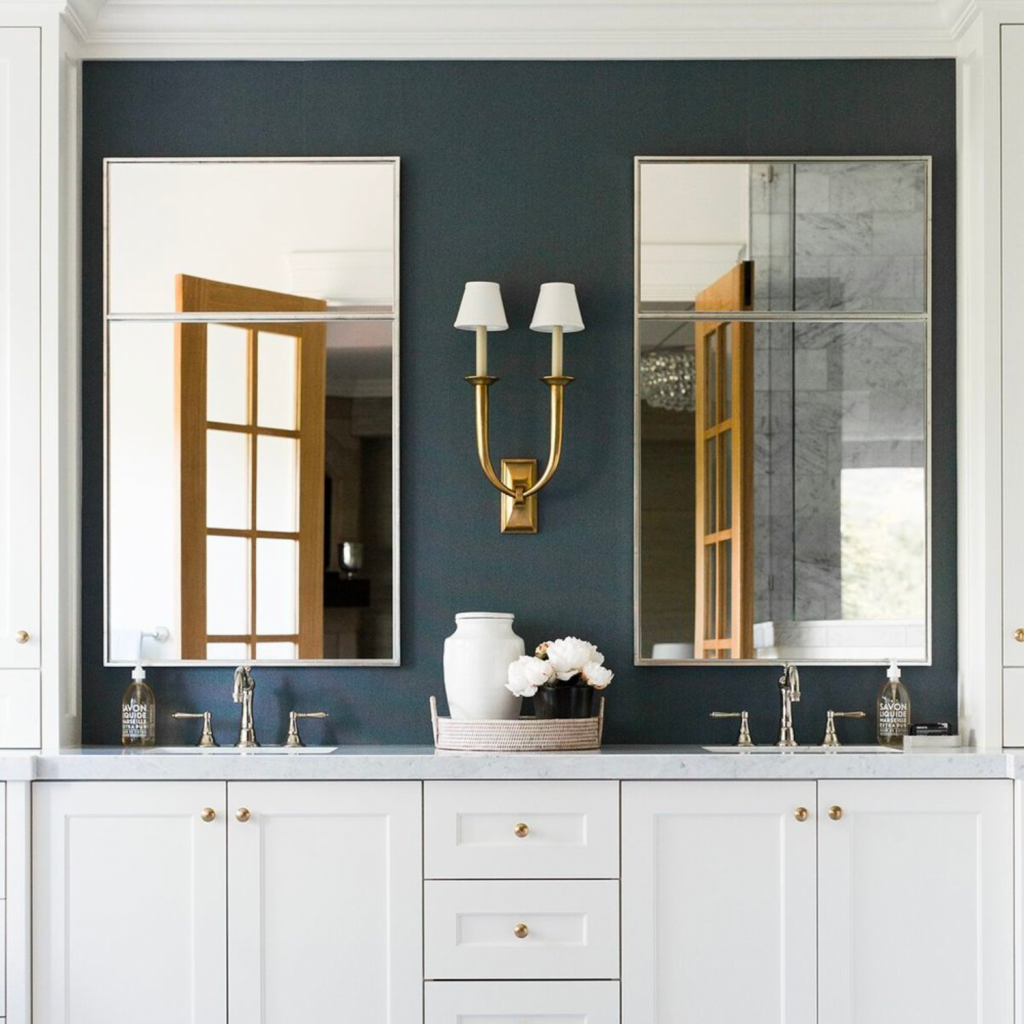
When selecting lighting fixtures, it’s important to consider both the function and style of the fixture. Look for fixtures that complement the overall design of the room, while also providing the necessary illumination. And don’t be afraid to mix and match different types of lighting fixtures to create a layered and inviting space.
READ MORE >>> Patterns and Textures: Your Guide to Mixing Them Like a Pro
Add Greenery
Plants are a simple yet effective way to bring a touch of nature and life into your home. Studio McGee’s interiors are often adorned with various types of plants, from tall fiddle leaf figs to small succulents, which add a pop of greenery and freshness to the space.
You don’t necessarily need to have a green thumb to incorporate plants though. There are plenty of easy-to-care-for plant options that you can incorporate into your home decor. Snake plants, for instance, are a great choice for beginners. They’re hardy, drought-tolerant, and thrive in low light conditions. Pothos is another excellent option that can survive in almost any lighting condition and requires minimal maintenance. Succulents are surely a popular choice, as they come in a variety of shapes, sizes, and colors, and they are easy to care for.
When adding plants to your home, consider their placement. Large plants like fiddle leaf figs work well in corners or beside a sofa, while small succulents can be placed on a windowsill or a bookshelf. You can also mix and match different types of plants to create a visually interesting display.
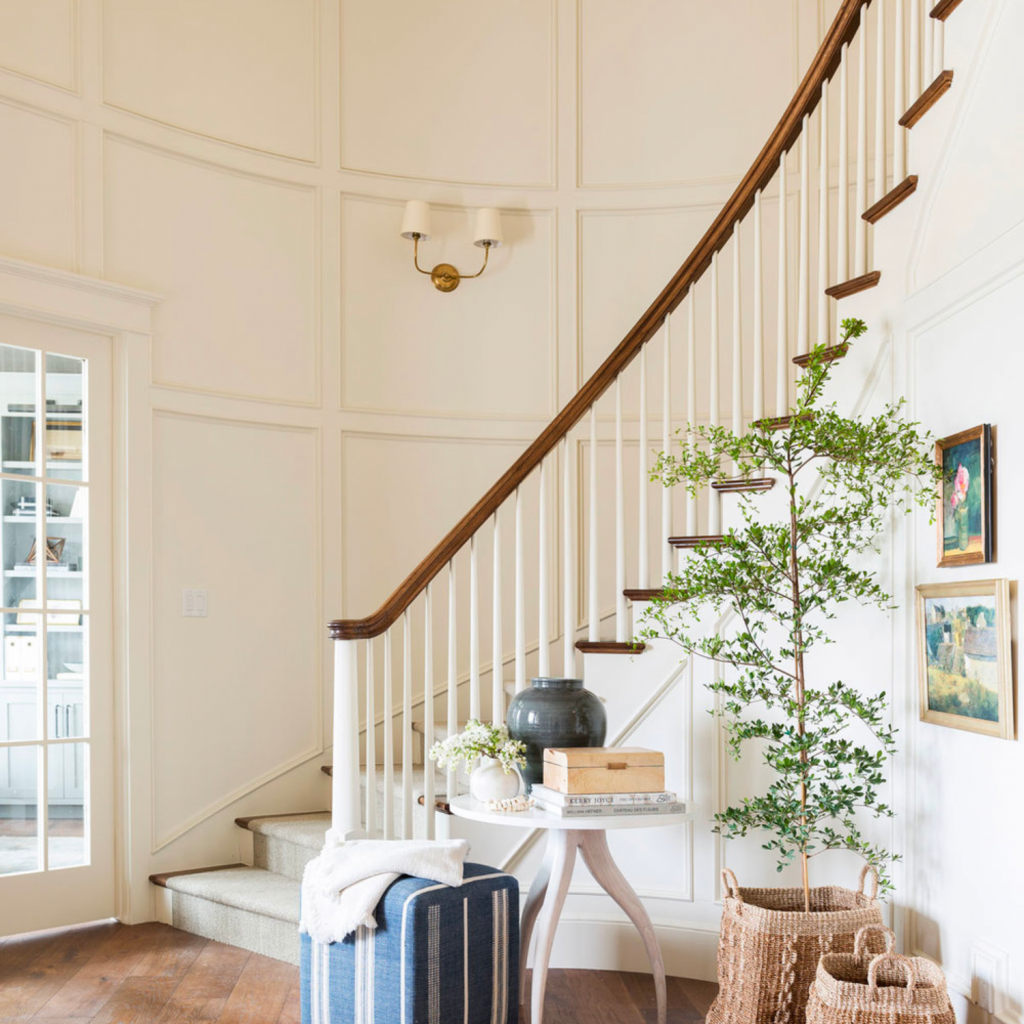
Remember, the key to the classic Studio McGee design style is to focus on creating a calm, serene atmosphere with neutral colors, texture, and quality pieces. Add some greenery and layered lighting, and you’ll have a home that is both beautiful and inviting.
READ MORE >>> How to Increase Home Value Using Strategic Renovations



